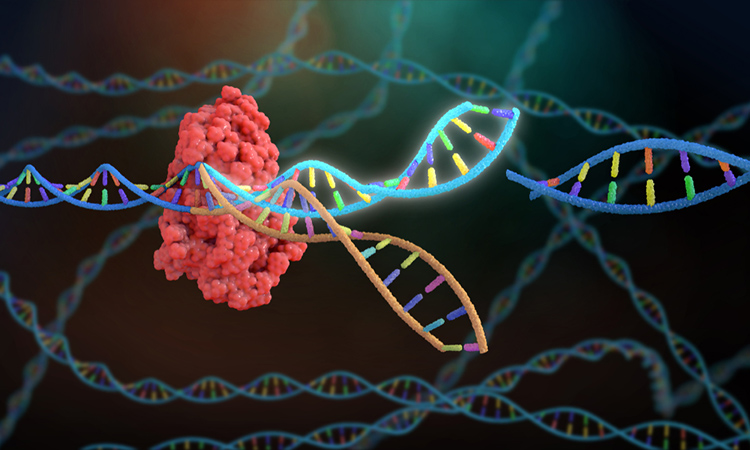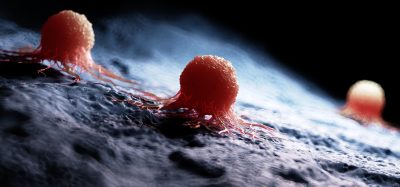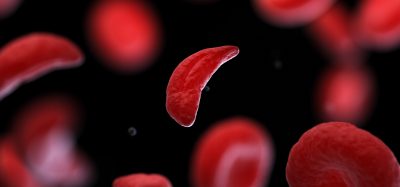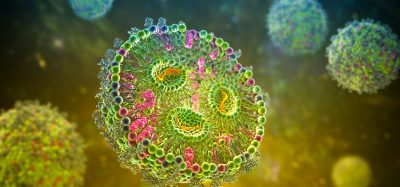Editing CHO cells with CRISPR-Cas9 improves cell growth and reduces by-products
Posted: 11 November 2020 | Victoria Rees (Drug Target Review) | No comments yet
Researchers have found bioengineering CHO cells using CRISPR-Cas9 can decrease the secretion of metabolic by-products that hinder growth.


Studying the physiological impact of disrupting a range of amino acid catabolic pathways in Chinese hamster ovary (CHO) cells, researchers have reduced the secretion of growth-inhibiting metabolic by-products. The study led by researchers at the Technical University of Denmark.
According to the team, CHO cells are the preferred host for producing biopharmaceuticals. Amino acids are biologically important precursors for CHO metabolism; they serve as building blocks for proteogenesis, including synthesis of biomass and recombinant proteins and are utilised for growth and cellular maintenance.
The researchers investigated the physiological impact of disrupting the amino acid catabolic pathways in CHO cells. The team say they aimed to decrease secretion of metabolic by-products derived from amino acid catabolism including lactate and ammonium, which reduce the growth rate of cells.
Automation now plays a central role in discovery. From self-driving laboratories to real-time bioprocessing
This report explores how data-driven systems improve reproducibility, speed decisions and make scale achievable across research and development.
Inside the report:
- Advance discovery through miniaturised, high-throughput and animal-free systems
- Integrate AI, robotics and analytics to speed decision-making
- Streamline cell therapy and bioprocess QC for scale and compliance
- And more!
This report unlocks perspectives that show how automation is changing the scale and quality of discovery. The result is faster insight, stronger data and better science – access your free copy today
The scientists engineered nine genes in seven different amino acid catabolic pathways using the CRISPR-Cas9 genome editing system. For identification of target genes, they used a metabolic network reconstruction of amino acid catabolism to follow transcriptional changes in response to antibody production, which revealed the candidate genes for disruption.
The researchers found that disruption of single amino acid catabolic genes reduced specific lactate and ammonium secretion while specific growth rate and integral of viable cell density were increased in many cases.
The team discovered that the Hpd and Gad2 disruptions showed unchanged uptake rates, while having an increase in growth rates of up to 19 percent. These two disruptions also had an integral of viable cell density as much as 50 percent higher and up to a 26 percent decrease in specific ammonium production and to a lesser extent (up to 22 percent) decrease in lactate production.
This study demonstrates the broad potential of engineering amino acid catabolism in CHO cells to achieve improved phenotypes for bioprocessing, the scientists conclude.
The results of the study were published in Metabolic Engineering.
Related topics
Bioengineering, CRISPR, Genome Editing
Related organisations
Technical University of Denmark







